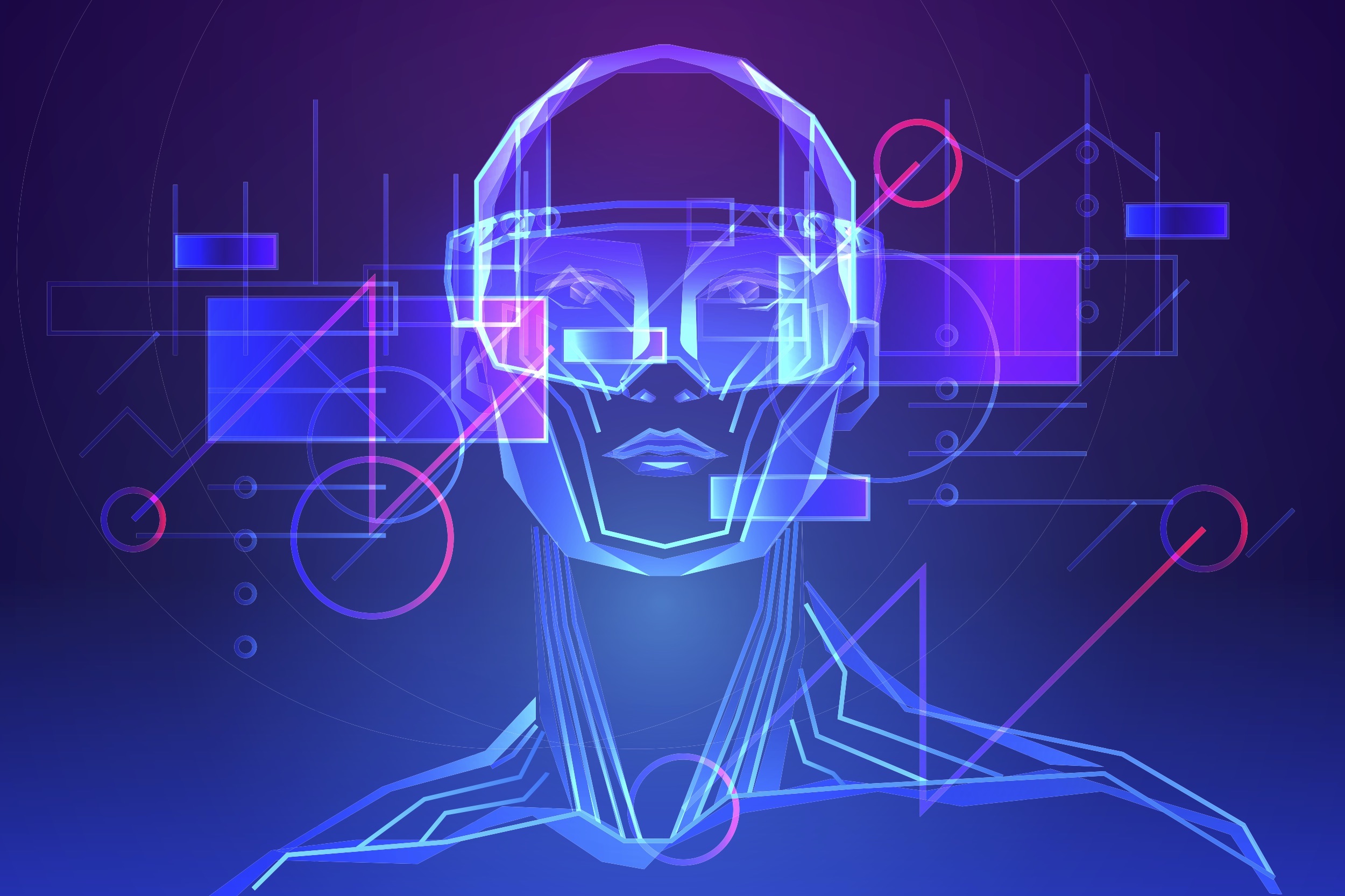Aixtron participates in Augmented Reality research

Research project AdaptAR looks into possible applications for AR in the area of product documentation for customers
Deposition equipment firm Aixtron intends to take advantage of the opportunities offered by digitisation to further optimise the production and continuous updating of machine and technical equipment manuals, especially (assembly) instructions.
To this end, the company is participating in research into possible applications of the innovative digital solution Augmented Reality (AR) in the area of product documentation for customers.
Under the leadership of the Fraunhofer Institute for Production Technology IPT, eleven project partners and Aixtron as an associated partner are developing an augmented reality system with digital twin as the data basis within the AdaptAR research project. The project duration has been set at three years. AdaptAR is funded by the German Federal Ministry of Education and Research in the program "Innovations for tomorrow's production, services and work".
AR and Digital Twin - Funded by the federal government
"Specific, always up-to-date and user-friendly technical documentation is indispensable for the successful operation of high-tech equipment. We want to make even more consistent use of the opportunities offered by digitisation for further development in this area for our customers by contributing our know-how and experience to this Fraunhofer IPT research project," says Thomas Leipold, project manager digitalisation, of Aixtron SE. "Within the scope of 'AdaptAR', we as users want to use the project results to lay the foundation for system documentation that even extends over the entire life cycle of a system".
With AdaptAR digital new ground is broken in the product documentation. Augmented Reality offers an interactive representation of the real environment, in which, for example, a system in a factory is supplemented by computer-generated information and enriched with auditory and visual information of the processes. Every product in the factory is given a so-called Digital Twin or digital shadow.
Digital uncharted territory in documentation
This virtual image of a system, for example, is to contain all the associated job, product, process and resource data in a local database. The Digital Twin is to be continuously enriched with additional data from connected IT systems while the system is in use. This connection will optimise decision making and knowledge management. For the complete synchronisation of the virtual (Digital Twin) and the real world, the data must be continuously collected, stored and processed.
Strong progress on effort
Aixtron expects that a solution combining AR and Digital Twin will make it easier and more intelligent to create, use and maintain technical manuals than before. The possible visualisation also allows a better understanding of complex processes. The AR-supported technology is to be linked with a remote service offer.
An externally called in expert can solve tasks together with the customer. In this way, user-friendliness can be further improved and time and effort significantly reduced. According to the Fraunhofer IPT, savings of up to 70 percent in the time and effort required to create technical instructions are estimated.
"The continuous updating of the information in the database gives us the opportunity to ensure that the system is always up to date and contains all relevant product data, throughout the entire product life cycle. Our vision is that the customer can then call up instructions for solving a task directly on site using a Smart Device such as a tablet or Smart Glasses and receive guidance from external specialists via a remote service," explains Thomas Leipold from Aixtron. The company is already taking a first step in this direction.
Aixtron is using the benefits of digitalisation for its customers by using remote services via smart glasses in close cooperation with first clients.


































